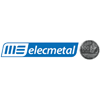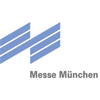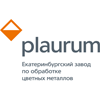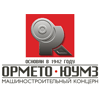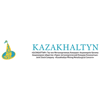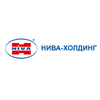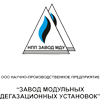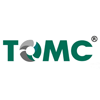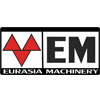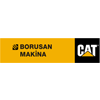BRIQUETTING OF CORROSION-RESISTANT ELECTRICALLY CONDUCTIVE POWDER
The article presents the results of laboratory and industrial tests on the production of briquettes from dispersed metal dust, captured by aspiration units during the crushing of high-carbon ferrochrome. Technological operations on crushing and fractionation are accompanied by formation of a certain amount of siftings and dispersed metal dust. The latter is captured by the dry aspiration system included in the crushing and screening complex. At the moment, dispersed metal dust or so-called corrosion-resistant electrically conductive powder at the Aktobe Ferroalloy Plant is utilized by remelting. The main and signifi cant disadvantage of the method used at the plant is a high proportion of mechanical losses of corrosion-resistant electrically conductive powder during loading into the furnace and dust removal from the furnace itself in the remelting process. In order to reduce losses of corrosion-resistant electrically conductive powder during remelting, we have studied in detail the options and solutions of briquetting by several methods based on increasing the strength of briquettes. Laboratory tests were carried out, which made it possible to determine the agglomeration recipe. According to the results of which a variant was selected for production of industrial batch of briquettes from corrosion-resistant electrically conductive powder.
*R.M. Zhdanov, M.S. Almagambetov, N.A. Ulmaganbetov, S.A. Laikhan




















